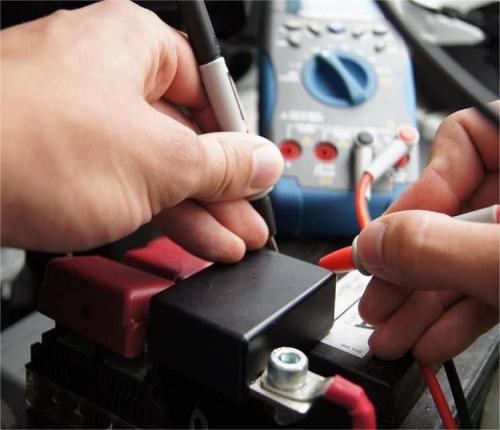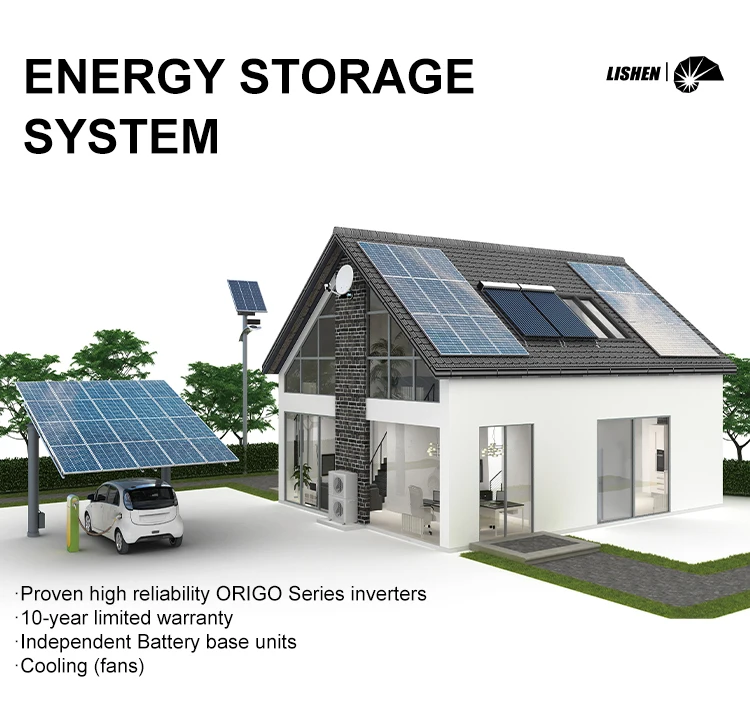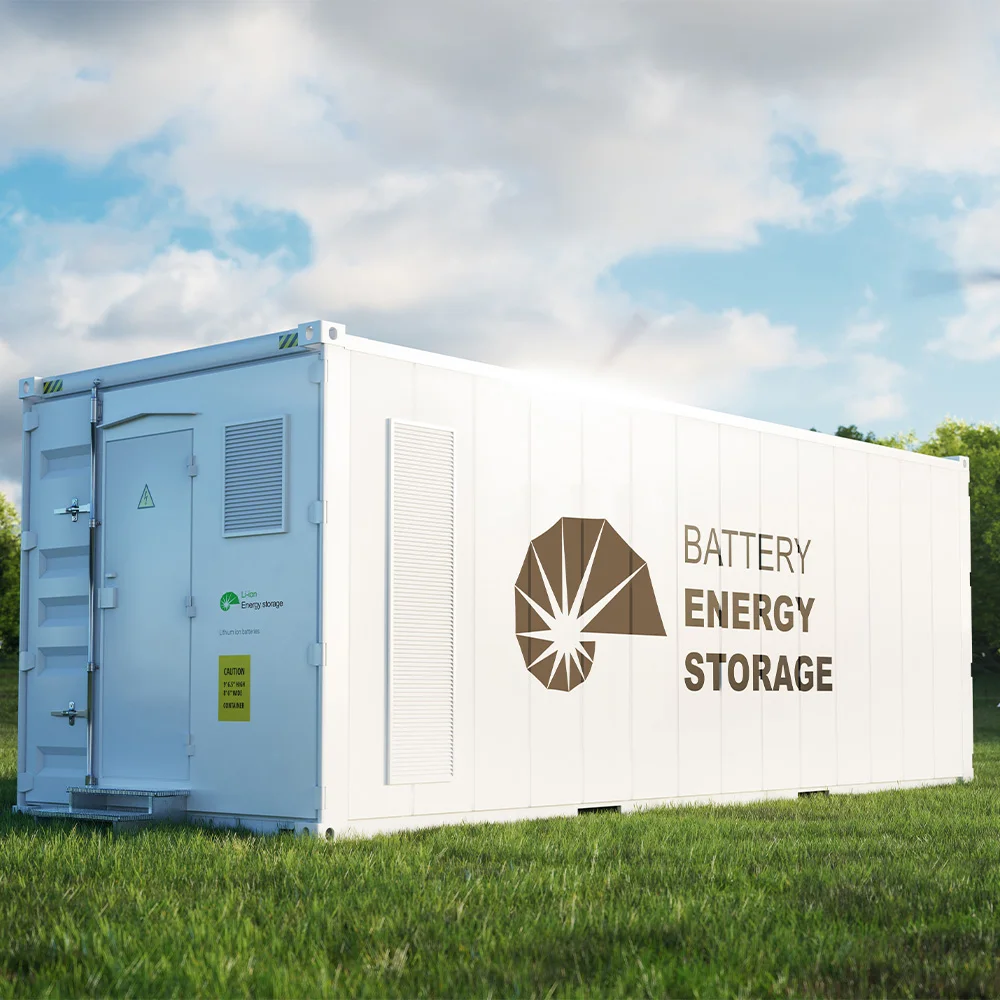Lithium-Ion Battery Care Guide
Lead-carbon battery
The lead-carbon battery is a new type of lead-acid battery that combines the features of lead-acid batteries and supercapacitors. The performance of the lead-carbon battery is superior to that of ordinary lead-acid batteries. It not only takes advantage of the instant large-capacity charging feature of supercapacitors but also leverages the specific energy advantage of lead-acid batteries, and has excellent fast charging and discharging performance. Moreover, due to the addition of carbon (graphene), it prevents the negative electrode from sulfating and improves a factor that led to battery failure in the past, thereby extending the battery life.
The lead-carbon battery is a capacitive lead-acid battery, which is a technology evolved from traditional lead-acid batteries. The positive active material of the ordinary lead-acid battery is lead dioxide (PbO2), and the negative active material is lead (Pb), while the lead-carbon battery mixes activated carbon into the negative active material Pb, thus transforming the ordinary lead-acid battery into a lead-carbon battery, which can significantly improve the performance and lifespan of lead-acid batteries.
The performance of the lead-carbon battery is far superior to that of traditional lead-acid batteries and can be applied in fields such as new energy hybrid vehicles and electric bicycles; it can also be used in the field of new energy energy storage, such as wind and solar power storage.
The lead-carbon battery has similar low-cost advantages to traditional lead-acid batteries and a mature industrial manufacturing foundation, and has strong competitive advantages in various application fields.
Advantages of the lead-carbon battery:
1. Charging speed is 8 times faster than that of ordinary lead-acid batteries;
2. Discharge power is 3 times higher;
3. Cycle life is increased to 6 times, with a maximum of 2000 charge cycles;
4. Cost performance is high, with an energy density that can be increased to 40-60 Wh/kg, a power density of about 300-400 W/kg, and its performance is already close to that of some lithium-ion batteries, and more importantly, its cost is still 0.6-0.8 RMB/Wh, lower than lithium-ion batteries and other batteries, with a very good price advantage.
5. The lead-carbon battery can provide reliable protection in extreme conditions such as high and low temperatures, and still provides strong power and capacity at -20°C.
6. It is safe and stable to use and can be widely applied in various new energy and energy-saving fields.
Disadvantages of the lead-carbon battery:
1. Large volume and heavy weight, not suitable for mobile loads such as electric vehicles.
2. Poor efficiency in low-temperature conditions.
3. The production and recycling processes are more polluting.
The lead-carbon battery is currently the most advanced technology in the field of lead-acid batteries and is the development focus of the international new energy energy storage industry, with very broad application prospects. With the development of lead-carbon battery technology, it has been widely applied in fixed energy storage, low-speed electric vehicles, and electric bicycles, etc.
Lithium-ion battery
Common lithium-ion batteries include (1) liquid lithium-ion batteries (electrolyte is liquid, generally packaged with aluminum shell or steel shell) and (2) polymer lithium-ion batteries (lithium-ion batteries with polymer as the electrolyte, electrolyte is solid or gel state, generally packaged with aluminum plastic film soft packaging). The main polymer lithium-ion batteries currently on the market are: lithium iron phosphate batteries (power type), lithium cobalt oxide batteries (power type), lithium manganese dioxide batteries, and lithium cobalt oxide batteries.
Advantages of lithium-ion batteries:
1. High energy density, reaching 460-600 Wh/kg, which is about 6-7 times that of lead-acid batteries; the weight of lithium-ion batteries is half that of nickel-cadmium or nickel-metal hydride batteries, and the volume is 20-30% of nickel-cadmium and 35-50% of nickel-metal hydride.
2. Long service life, with a service life of over 6 years, and the charging and discharging cycle of ordinary lithium-ion batteries can exceed 800-1000 times, while lithium iron phosphate can reach 2000 times.
3. Rated voltage is high (single cell working voltage is 3.7V or 3.2V).
4. Capable of withstanding large current charging and discharging, lithium iron phosphate batteries can achieve a charging and discharging capacity of 15-30C. 5. The self-discharge rate is very low, which is one of the most prominent advantages of this battery. It can generally be kept below 1% per month, less than 1/20 of that of nickel-metal-hydride batteries.
6. It has strong adaptability to both high and low temperatures. It can be used in an environment ranging from -20℃ to 60℃. Through process treatment, it can also be used in an environment of -45℃.
7. It is environmentally friendly. Regardless of production, use, or disposal, it does not contain any toxic or harmful heavy metal elements or substances such as lead, mercury, and cadmium.
Disadvantages of lithium-ion batteries:
1. Poor safety. There is a risk of explosion if overcharged or discharged with high current.
2. Lithium-ion batteries are very sensitive to charging voltage. Overcharging will cause the battery to be scrapped. Therefore, battery management or protection circuits are needed to prevent overcharging and overdischarging of the battery.
The charging and discharging voltage range of lithium-ion batteries is 3.0V - 4.2V.
3. The production and recycling requirements are high, and the cost is high.
4. Temperature has a significant impact on the lifespan and capacity of lithium-ion batteries. The lifespan of lithium-ion batteries is related to temperature and charging status. Working at an excessively high temperature will shorten the battery's lifespan. Deep charging and high temperature accelerate the decline of battery capacity. Low temperature will cause a decrease in battery capacity, and extremely low temperatures may lead to battery damage. The poor low-temperature performance of lithium-ion batteries has always been a problem affecting the application of lithium-ion batteries.
Without a doubt, lithium-ion batteries are one of the best batteries at present and are widely used in various energy storage places. However, lithium-ion batteries are also one of the least safe batteries. They require more maintenance and protection.
Through the above comparison, the characteristics of the mainstream energy storage batteries are basically clear. As we all know, energy storage batteries are the main form of electrochemical energy storage, and energy storage battery technology is one of the key technologies restricting the development of the new energy energy storage industry. If the energy storage battery technology can achieve breakthrough progress, it will be no less than a revolution for the global energy landscape.







